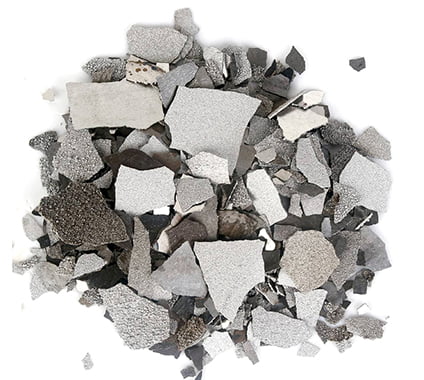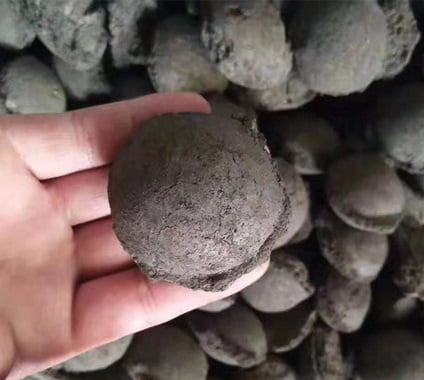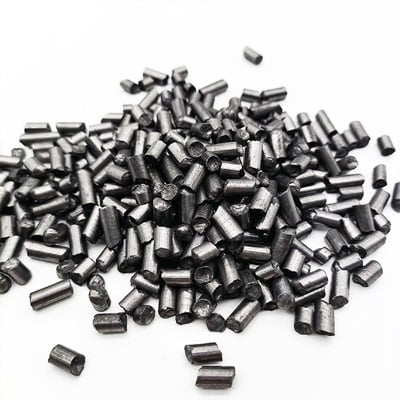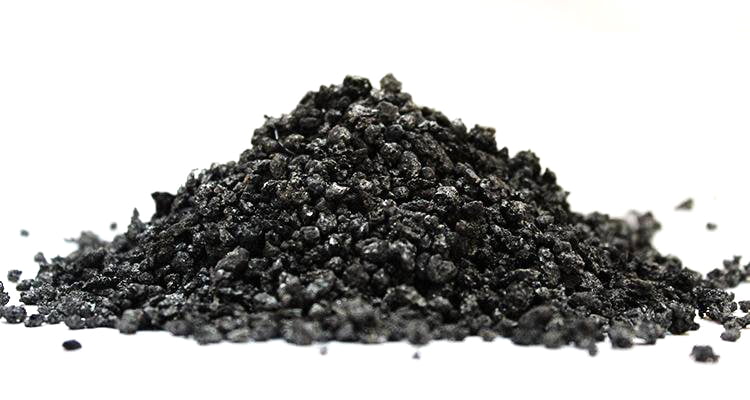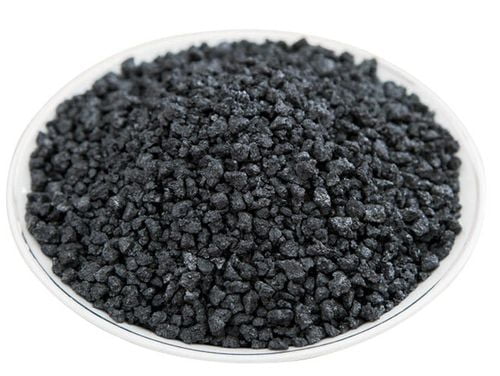NEWS
Key Factors in Determining the Quality of Silicon Metal
While high-purity silicon metal is typically silver-gray in color, the color of silicon metal can vary depending on the production process and impurities present in the material. Lower purity silicon metal can be darker gray or even black in color due to the presence of impurities. The color of silicon metal is not a reliable indicator of its quality. Therefore, it is not possible to determine the quality of silicon metal based solely on its color.
To accurately determine the quality of silicon metal, various tests are required. One of the most common tests is the measurement of the silicon content in the material. This can be done using a variety of methods, including chemical analysis, X-ray fluorescence (XRF), or inductively coupled plasma (ICP) analysis. These methods can provide accurate measurements of the silicon content in the material, which is a crucial factor in determining its quality.
Another important factor to consider when evaluating the quality of silicon metal is the particle size distribution. The particle size distribution can affect the performance of silicon metal in various applications, such as in the production of semiconductors or solar cells. Particle size analysis can be performed using various techniques, such as laser diffraction or sedimentation analysis.
In addition to these factors, the impurity content is also an essential consideration when evaluating the quality of silicon metal. Impurities such as iron, aluminum, calcium, and boron can affect the performance of silicon metal in various applications. The impurity content can be determined using various methods, such as atomic absorption spectroscopy or inductively coupled plasma mass spectrometry.
In summary, while the color of silicon metal can provide some information about its purity and impurity content, it is not a reliable indicator of its quality. To accurately determine the quality of silicon metal, various tests are required, including measurement of the silicon content, particle size distribution, surface area, and impurity content. These tests are typically performed by specialized laboratories and require specialized equipment and expertise.
You May Like to Learn More...
Contact Us

JBT produces and supplies silicon metal and ferrosilicon products, mainly products are silicon metal 553, 441, 421, 411 3303,2202, 97, silicon carbide, carbon raiser for steelmaking and casting industries. We also make electrolytic manganese metal, inoculants and nodulizers.
Get in Touch
- info@jbtmetals.com
- +86-372-5032025
- +86-15937282819
- Send Inquiry
- Online Chat
- Qugou Town, Anyang City, Henan Province of China

